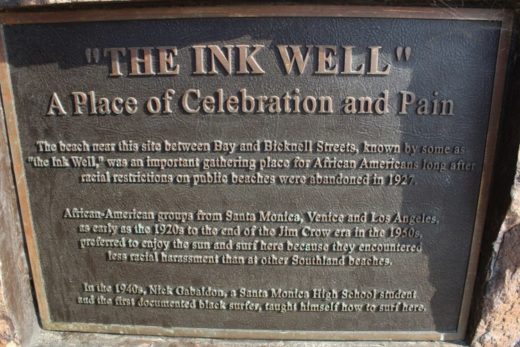In recent decades there rightly has been critical reexamination of the legacy of Columbus and the European explorers who followed him. The clash of cultures between the Old World and the New World was, at times, barbaric and brutal. There can be no denial that the Native Americans suffered extreme degradation at the hands of their conquerors, intentionally or otherwise. Yet even the incidental contact between Europeans and natives would have profound and unforeseen effects.

In 1542, Juan Rodríguez Cabrillo became the first European to set foot in what is now California. His arrival heralded over 2 centuries of Spanish exploration and colonization in what would become the Golden State. Though not as famous as his contemporary conquistadors, Cabrillo’s explorations would prove to have a monumental impact centuries after his death. Today debate still rages over how the legacy of explorers and conquistadors like Cabrillo should be memorialized.
Cabrillo’s himself is somewhat of a mystery. His nationality is somewhat of a question. He has been listed alternately as being either Portuguese or Spanish. There is little record of his personal life. What is not in doubt is that he sailed north for the Spanish Crown from Navidad, Mexico on June 27, 1542. He was sent north by the Spanish to explore possible trading routes and search for the seven legendary cities of Cibola. At the time of his voyage Cabrillo was a respected businessman and ship builder.
About 3 months after departing Cabrillo and crew arrived in a “very good enclosed port” in what is now San Diego Bay and named it San Miguel. Six decades later another explorer, Sebastian Vizcaino renamed the area San Diego. Cabrillo’s expedition then sailed north. He may have reached as far as Point Reyes before turning back, failing to discover the entrance to San Francisco Bay. Wintering in the Channel Islands, Cabrillo was injured in a small battle with the Chumash. He died soon after on January 3, 1543.
Bartolome Ferrer then took over the expedition which sailed north once more, this time as far north as the coast of southern Oregon. But the ill-fated expedition was forced to return to Mexico and the whole endeavor was regarded as a failure by the Spanish authorities.
Aside from his clash with the Chumash that resulted in his own demise, there is little in the record of how Cabrillo viewed or treated the natives he encountered. Like much of history, there are nuances that can only be inferred. Cabrillo may not have been as brutal and bloodthirsty as say Cortez or Pizarro. Nonetheless, the mere meeting of these vastly different societies would prove to have disastrous results for the Native Americans in the years that followed.


